May’s Bird of the Month is the Sandhill Crane, and here is the article in the upcoming May-June 2017 Kite written by Ben Kolstad.
May: Sandhill Crane Grus canadensis
Although technically a wetland bird, the Sandhill Crane can just as often be encountered in upland habitats like grasslands and prairies. These large birds are the size of our Great Blue Heron, but, unlike herons and egrets, cranes keep their necks extended rather than curled into the s-shape of the Ardeidae, and their black bills are substantially thinner and shorter. They are very large, pale silver and gray birds with long, black legs and a red patch on the crown that stands out against a white cheek. They also have unique “curved” feathers at the rump, often called a bustle.
Their feeding strategies are also different from those of herons and egret; rather than searching for fish and aquatic prey, cranes feed on grains and invertebrates in grasslands and prairies.
Sandhill Crane breeding dances and unison calls, like those of many crane species, are not to be missed. And, since this is the world’s most common crane, its behavior is less likely to be missed than that of other cranes. What’s more, it even dances and calls in the nonbreeding season, although perhaps with less regularity and urgency.
The Florida population is nonmigratory, so we don’t see the huge aggregations (hundreds of thousands of birds) that occur seasonally on the Platte River in Nebraska. Our wintering population is increased substantially, though, by northern-breeding birds that stay over in our hospitable climate.
Fun fact: Sandhill Cranes have existed relatively unchanged for at least 10 million years, according to fossil evidence from Miocene deposits in Nebraska. For more info on this bird, check out the FWS’s fact sheet at https://www.fws.gov/uploadedFiles/Region_1/NWRS/Zone_2/Mid-Columbia_River_Complex/Columbia/Documents/sandhill-crane-facts.pdf
(Photographer’s please note that next month’s June 2017 Bird will be the Everglades Snail Kite)
- Sandhill Crane Wellington Fl by Anne DuPont
- Sandhill Crane colt Wellington Fl by Anne DuPont
- Sandhill Crane colt Wellington Fl by Anne DuPont
- Sand Hill crane Lake Kissimmee by Anne DuPont
- Sand Hill crane Lake Kissimmee by Anne DuPont
- Sand hill cranes pair with colts at Wellington Fl by Anne DuPont
- Sandhill Crane and colts by Louis St-ArnaudLouis St-Arnaud
- Sandhill Crane by Louis St-Arnaud
- Adult Sandhill Crane at Indian River County Wetland by Paul Thomas
- Pair of Sandhill Crane adults with their two colts at Okeeheelee Nature Center by Paul Thomas
- Adult Sandhill Crane at Riverbend Park by Paul Thomas
- Sandhill Crane colt at Canoe Creek Road by Paul Thomas
- Adult Sandhill Crane with two colts at Peaceful Waters Sanctuary by Paul Thomas ( see captions)
- Sandhill Crane colt by Susan Faulkner Davis
- Legs and Sandhill Crane colts by Susan Faulkner Davis
- Sandhill colt sleepy by Susan Faulkner Davis
- Sandhill Crane eggs by Susan Faulkner Davis
- Sandhill Crane male preen by Susan Faulkner Davis
- Sandhill Cranes by Susan Faulkner Davis
- Sandhill Cranes in flight by Susan Faulkner Davis
- Sandhill Cranes..food lesson; by Susan Faulkner Davis
- Sandhill Cranes; flock; by Susan Faulkner Davis
- Sandhill Crane – family portrait: 2 adults and young colt taken near Peaceful Waters Sanctuary, by Sussan McKemy


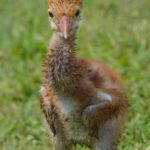

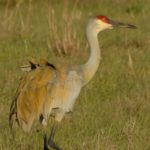
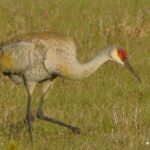
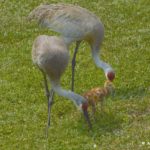
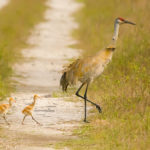
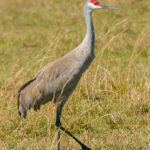
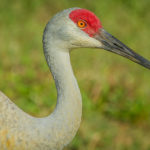
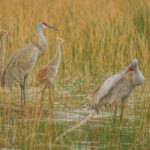
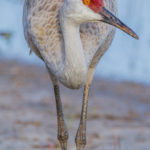
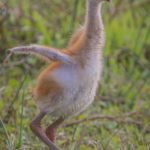
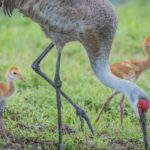
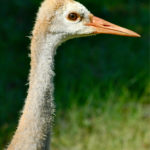


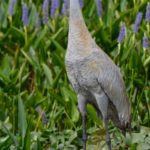
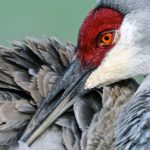

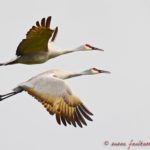

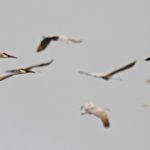
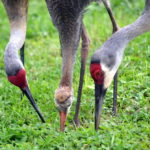
Comments are closed